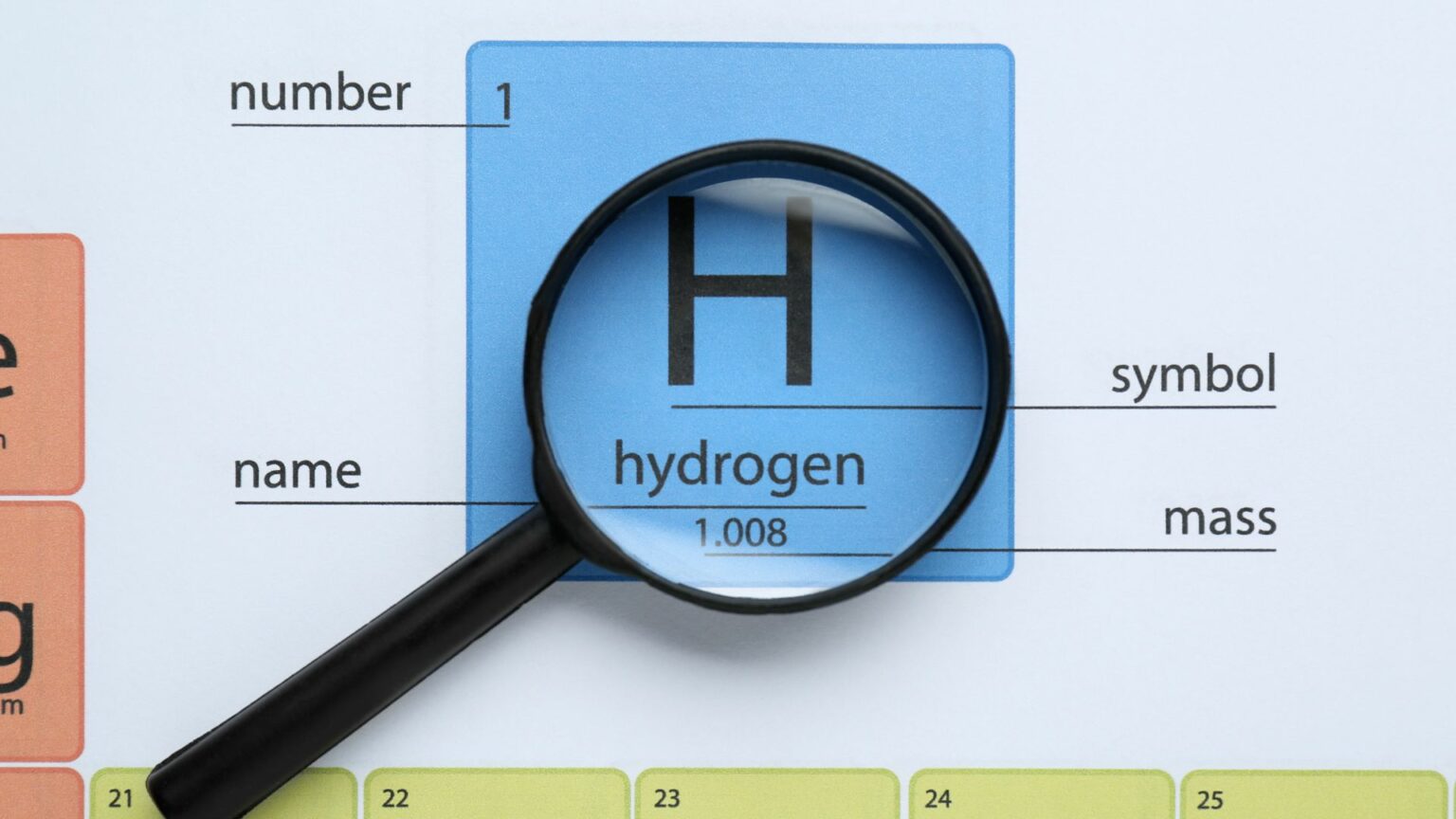Uzbekistan’s Saneg, owner of the Ferghana oil refinery, recently announced the sale of its hydrogen production assets to U.S.-based Air Products for $140 million.
Saneg’s decision to sell its hydrogen production assets could be viewed as a strategic move to streamline its operations. However, the timing and nature of the sale suggest it may be more of a necessity than a choice. In a rapidly evolving energy market, where hydrogen is increasingly seen as a cornerstone of the future energy landscape, selling off these assets could indicate financial pressure or a shift in focus away from hydrogen.
The $140 million price tag for the hydrogen production assets raises questions about the valuation of such critical infrastructure. Steam methane reforming (SMR) units, like the one included in the sale, are well-established technologies in hydrogen production. However, with global trends pushing towards greener methods, such as electrolysis using renewable energy, the long-term value of SMR-based assets may be declining. Air Products’ acquisition, while seemingly a bargain, could involve future challenges related to environmental regulations and market shifts towards cleaner hydrogen production methods.
For Air Products, this acquisition aligns with its strategy to expand its hydrogen production capabilities. However, integrating these assets into its existing portfolio will require careful management. The reliance on natural gas or LPG for hydrogen production in the acquired SMR unit may limit the environmental benefits and could face scrutiny as the industry shifts towards greener alternatives. Air Products must weigh the benefits of increased production capacity against the potential risks of relying on fossil fuel-based technologies.
